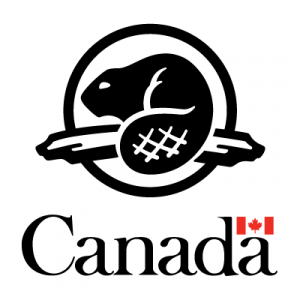Whether you’re heading outside for a few hours or setting off on a five day excursion, it’s important to be prepared. Being prepared starts with planning ahead and that first step can make all the difference. Below are advisory websites that should be referenced before you go out – new advisories can occur at any time so ensure you check before you leave.

WEBSITE: https://www.alberta.ca/alberta-emergency-alert.aspx
TWITTER:@AB_EmergAlert
Disaster can occur anywhere, at anytime. It is your responsibility to ensure you are prepared if a disaster occurs. Alberta Emergency Alerts are issued to assist you—providing you with critical information about an immediate disaster, where it is occurring and what action you need to take.
Why? Health warnings such as smog, smoke or even fresh water toxic algae can heavily impact your trip. Check advisories here to ensure a breath of fresh air.

WEBSITE: www.albertahealthservices.ca
Health advisories for physicians, healthcare workers and the public. Includes boil water advisories, blue-algae advisories, air quality warnings and more.
Environment advisories are important to check when planning a trip as they can have a great influence on destination decisions. Advisories can vary from flooding and landslides, to blizzards, tornados and ice jams.
WEBSITE: https://www.getprepared.gc.ca/index-eng.aspx
TWITTER: @Get_Prepared
The “Get Prepared” campaign encourages Canadians to be prepared to cope on their own for at least the first 72 hours of an emergency, enabling first responders to focus on those in urgent need.
Environment advisories are important to check when planning a trip as they can have a great influence on destination decisions. Advisories can vary from flooding and landslides, to blizzards, tornados and ice jams.
WEBSITE: https://rivers.alberta.ca/
Rainfall can cause water levels in rivers and streams to rise rapidly. Alberta Environment and Parks (AEP) monitors river levels and conditions that can impact those levels.
When conditions indicate cause for concern, AEP will issue advisories, watches and warnings.
Why? Fire season in Alberta is April – October. It’s important to check wildfire advisories as there may be fire bans in place or wildfires occurring in the area you wish to visit. Download the Alberta Wildfire app, free on itunes.
WEBSITE: https://wildfire.alberta.ca/wildfire-status/status-map.aspx
TWITTER: @AlbertaWildfire
Link: iOS App
The above links provide a map overview of Alberta’s current wildfire situation.
In the app see where wildfires are burning in Alberta and how they impact you. Get up-to-date information on wildfire conditions and hazard.
Why? Just like the weather, avalanche conditions are constantly changing. It’s crucial to check conditions before heading out into the wilderness.

WEBSITE: http://avalanche.pc.gc.ca
TWITTER: @ParksMtnSafety
The federal government’s Public Avalanche Information centre provides background information on areas prone to avalanches and daily bulletins on the status of major avalanche areas.
We provide Canadian educational resources on water practices to promote conservation and sustainability. Our team crafts current and relevant content, while encouraging feedback and engagement.
The Canada WaterPortal is a registered charity, #807121876RR0001
We recognize and respect the sovereignty of the Indigenous Peoples and communities on whose land our work takes place.
© 2025 All Rights Reserved.